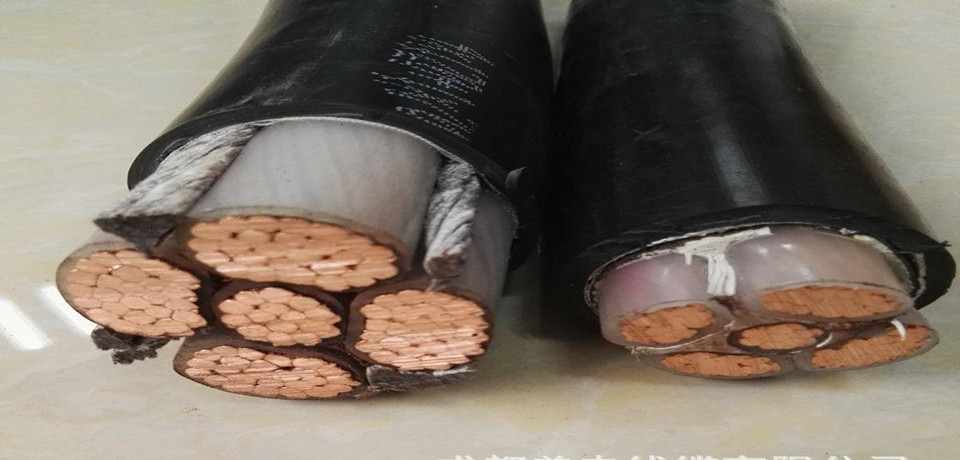
Low-voltage power cables are generally classified into PVC insulated power cables, XLPE insulated power cables, rubber-insulated power cables, oil-filled and oil-impregnated paper-insulated power cables according to their insulation types, which can be classified into general types according to their work types and properties. Power cables, overhead power cables, power cables for underground mines, power cables for submarine, and fire-resistant power cables with anti-(fire) resistance.
1. Copper core conductor power cable
At present, domestic low-voltage power cables are commonly twisted and composited for each core wire. The cable with such structure has poor anti-interference ability and poor performance against lightning strikes. The three-phase impedance of the cable is unbalanced and the zero-sequence impedance is large, making it difficult to protect the line. Electrical appliances operate reliably
2. XLPE insulated power cable
Referred to as XLPE cable, it is a chemical or physical method to transform the molecular properties of the polyethylene plastic material of the cable from a linear structure to a three-dimensional network structure, that is, to convert the originally thermoplastic polyethylene into a thermosetting crosslinked polyethylene. Plastics, which greatly improve the heat resistance and service life of the cable, while maintaining its excellent electrical properties.
3. PVC sheathed power cable
The long-term working temperature of PVC insulated PVC sheathed power cable does not exceed 70 °C, and the maximum temperature of cable conductor does not exceed 160 °C. The maximum duration of the short circuit shall not exceed 5 s, and the minimum temperature for construction shall not be lower than 0 °C.